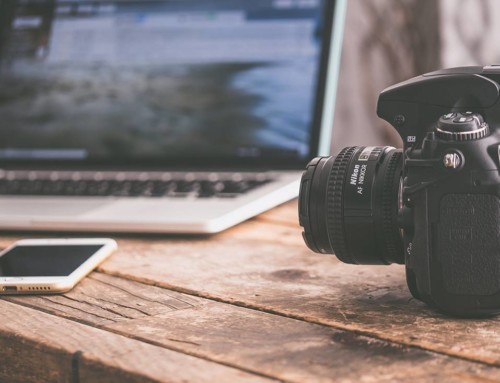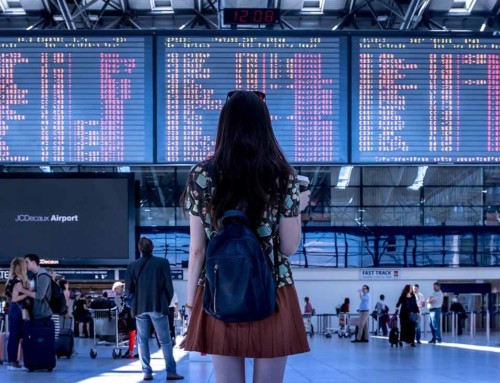At this point, it’s no secret to anyone that we’re apparently living in the iPhone age, right? Now that everyone has a cell phone equipped with a built-in camera on them at any given time, it’s hardly surprising that more people are taking photos of more different things than ever before.
That said, not everyone that fancies themselves a budding landscape photographer is necessarily planning lengthy trips to the mountains with a full camera set-up in tow. The term “photoshoot” is just as likely to mean whipping your phone out on a whim while you’re in public and snapping a few shots of some breathtaking scenery or an impromptu scene you just had to capture.
Even so, it’s important to know what your rights are as a photographer. Whether you shoot your scenes the old fashioned way or prefer to use your iPhone in keeping with the modern spirit, here’s what you need to know about shooting in public.
The General Rule of Thumb
When you’re on public property, the go-to rule is “if you can see it, you can shoot it”. Legally, you can take just about any picture so long as you’re actually not on private property, so yes. By all means feel free to hang out at the park and take a few shots of the local wildlife or spend a few hours at the beach so you can nail that sunset shot of the coastline you’ve been dreaming about. Yes, you can even legally obtain shots of that civil incident for your citizen journalism blog if you like.
What you can’t do is situate yourself on public property and then use telephoto lenses or hidden cameras to obtain shots of private property (such as someone else’s back yard). You will also need to pay attention to whether or not the rules change when you enter private premises that are open to the public (like restaurants, shops, or privately owned outdoor areas). Generally speaking, photography is permitted in places like these unless you see signs posted that say otherwise.
Last but not least, you may not be allowed to photograph and/or publish shots of copyrighted works. Common examples may include public works of art such as the Eiffel Tower or that majestic sculpture outside city hall that you love the look of.
What Constitutes Trespassing?
Taking photos on any piece of property that is clearly marked as private is considered trespassing. However, you may also be considered trespassing if you attempt to take photographs in public places where people have a reasonable expectation of privacy – like inside doctor’s offices, bathrooms, or courthouses.
In most cases, landscape photographers looking to shoot outdoors will be in the clear, but there are definitely such things as privately owned preserves and locations where the owner doesn’t want you taking photographs for reasons of their own. Pay attention to posted signage to avoid any incidents.
If someone ever approaches you when you’re on private property and tells you you’re trespassing, you should immediately stop taking photos and leave. If a security guard or ranger approaches you and says this, but there are no signs posted, it’s technically up to you if you want to argue, but it’s not usually recommended. No one is ever at any time allowed to take your camera or phone away from you, as that is your property.
At the end of the day, the dos and don’ts of taking photos in public often boil down to common sense. Just keep your eyes open, respect the privacy of others, and pay attention to signage at all times.





